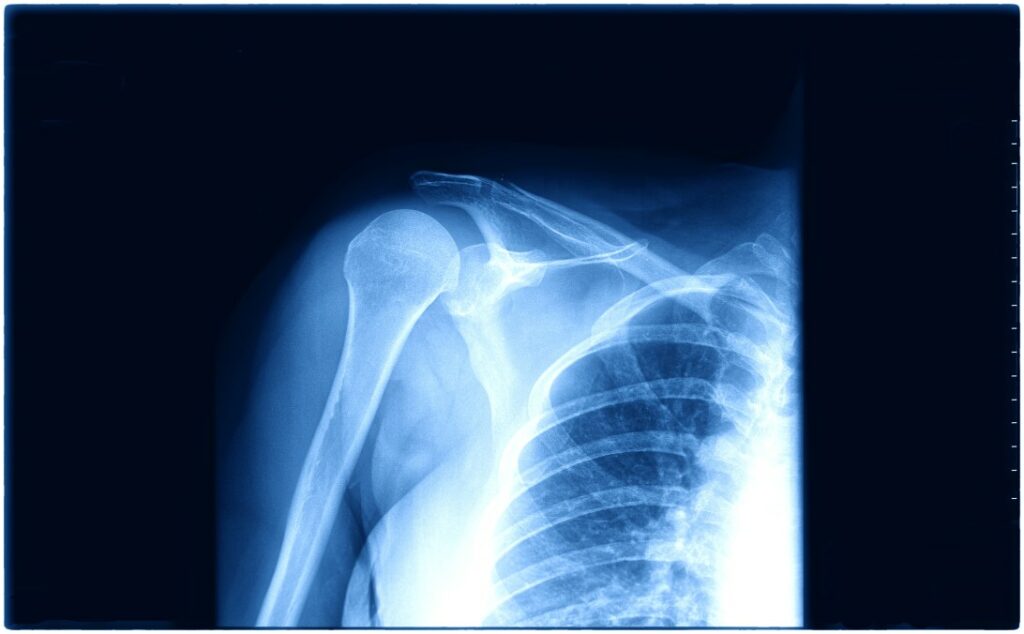
If you’re reading this, chances are you or someone close to you has had a shoulder injury. Maybe it was an accident, maybe it was years of wear and tear on your body.
Regardless of the cause, if surgery is in your future, there’s no need to panic. There are many different types of surgeries for shoulders that can help alleviate pain and allow for more movement than before. Which one will be best for you depends on what type of damage occurred when your shoulder was injured.
Three of the most common arthroscopic (minimally-invasive) surgeries that can be performed on your shoulder include: rotator cuff repair surgery, labral tear repair surgery, and AC joint surgery. All three have different recovery time frames depending on the severity and type of injury involved. Let’s take a look at what these procedures entail.
Rotator Cuff Repair Surgery
This procedure is typically done for tears in the rotator cuff tendons due to overuse or trauma caused by falls or car accidents.
The rotator cuff is a group of four muscles that surround the shoulder joint and helps it to function properly, especially when lifting or rotating your arm.
During this surgery, torn tendons are reattached with surgical stitches. Once the tendons are repaired, the surgeon will place the shoulder in a sling to protect it during recovery.
Recovery time is longer for this surgery than for others because the rotator cuff needs time to heal before being stressed with increased loads.
The surgery is performed as an outpatient surgery where you go home the same day.
Full rehabilitation takes about six months after surgery, but it is important to remember that some tendons can take up to a year or more to heal properly.
Labral Tear Repair Surgery
The labrum is the connective tissue surrounding the shoulder joint, which deepens its cavity and creates stability for the ball and socket joint. Your labrum can tear because of the excessive force placed on it during certain sports, such as baseball or tennis; however, traumatic injuries like car accidents also cause this type of injury.
Labral tears are diagnosed using an MRI scan, but they are more accurately pinpointed with arthroscopic shoulder surgery. The labral tear can be repaired using sutures.
This surgery is performed as a same-day surgery where you will be discharged on the same day.
AC Joint Surgery
This type of surgery is used to diagnose or treat damage to your AC joint–the space between the shoulder blade and clavicle. Damage to these bones is commonly caused by repetitive overhead motions, such as that used in baseball pitching or lifting,
To diagnose this injury, your doctor will order an x-ray, MRI or CT scan to get a clear picture of the damage. Then they will perform arthroscopic surgery–small incisions are made around your AC joint allowing for a small camera to be inserted.
Sometimes the damage to the ligaments is so severe that it requires an open procedure that includes a graft from either your own hamstring or a cadaver.
Many patients recover from this type of surgery with physical therapy; however, it can take three to six months before you are completely healed.
During this procedure, you will be under general anesthesia and will not remember anything about the surgery. After surgery, your doctor will give you specific instructions for caring for the incision site, as well as exercises to help ensure a full recovery.
With new localized regional anesthetic blocks, pain is well controlled with minimal narcotics.
Next Steps
Before deciding on which type of shoulder surgery is right for you, consult with a board-certified orthopedic surgeon like M. Daniel Hatch, M.D. to determine your options. He can guide your decision and help ensure you get the treatment that will give you the best possible outcome.
If it does sound like surgery is right for you or you just want an evaluation of your shoulder pain, then don’t wait. Call The Orthopedic Partners, an RCM Clinic today to schedule an appointment with Dr. Hatch.